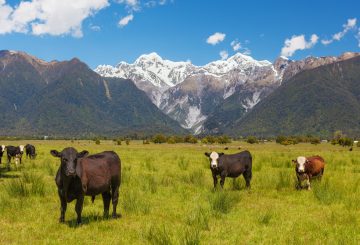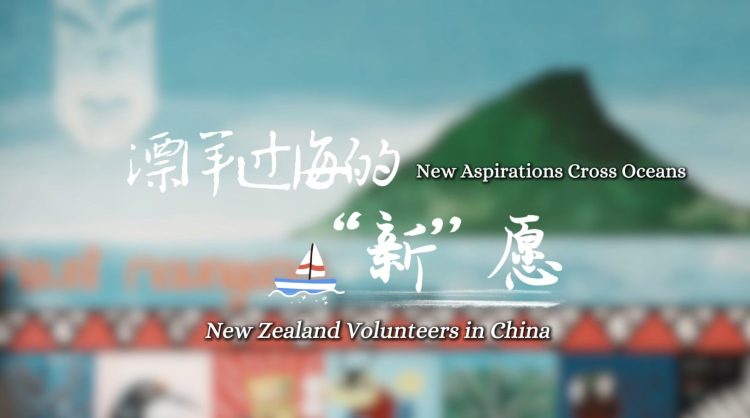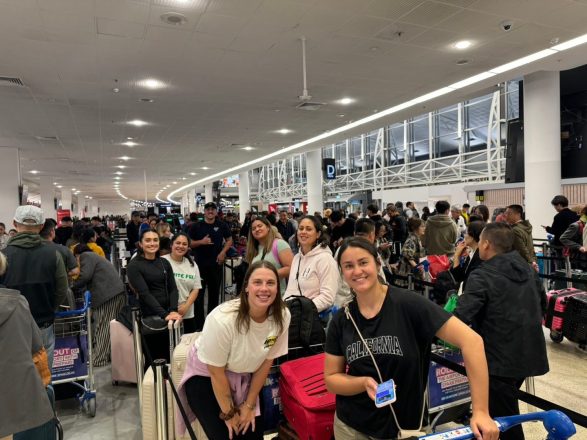Over the past decade the Eastern Bay of Plenty has enjoyed considerable good fortune. The region’s exceptional lifestyle offerings is no longer a secrete, and many people are choosing to escape the big cities and move there. The influx of people has led to new cafes, restaurants and shops setting up further adding to the areas appeal.
The government has also noticed the Eastern Bay, pumping hundreds of millions of dollars into the region’s infrastructure, in turning enabling new industries to develop and existing industries to flourish.
Whakatāne
Residents in Whakatāne enjoy an enviable work life balance that most people can only dream of.
This town is small enough to move around easily and live relatively cheaply but still has access to all the amenities you need and plenty of employment and lifestyle opportunities. In fact, a survey of residents in 2019 found 63 per cent of people rated the quality life in Whakatāne as “very good” compared to the national average of 40 per cent.
Whakatāne’s main street is surrounded by bush-clad cliffs and a tranquil riverside walkway. This busy town centre has many shops, boutiques, cafes and restaurants, while big national retail brands are located a short drive away at The Hub shopping centre.
Property prices are more affordable here than elsewhere in New Zealand and there are excellent early childhood education, primary and secondary schools and healthcare facilities. Whakatāne has its own hospital and tertiary education providers such as Te Whare Wananga o Awanuiarangi and Toi Ohomai Institute of Technology which offer a wide range of qualifications.
There’s no shortage of outdoor activities to enjoy in this community. Fishing is a way of life, walking tracks will lead you through beautiful native bush, and there are many sports clubs to join and facilities to use.
All of this – combined with a fantastic climate – makes Whakatāne a wonderful place to live.
Ōpōtiki
Ōpōtiki is 55km east of Whakatāne and the region surrounding this rural township is home to many families and those seeking a relaxed lifestyle.
About 5000 residents live here with another 5000 or so residing in the wider district. A tight-knit community has developed over many generations and Ōpōtiki’s main shopping area is full of historic buildings. There’s a wide range of shops and services available in town, including a supermarket. Parking is completely free.
A warm, sunny climate and affordable housing is a major drawcard, and the town is an outdoor paradise for those who enjoy swimming, fishing, hunting, horse riding, cycling and nature-based activities.
Ōpōtiki’s education providers cater for all year levels from kindergarten through to Ōpōtiki College. There are dozens of clubs and community organisations catering for different interests, and plenty of sports grounds and facilities. Sports clubs include athletics, basketball, netball, taekwondo, horse riding, rugby, surf lifesaving and much more.
The town’s public library and historic De Luxe Theatre are both on Church St, and there are theatre, art, music and church groups which people are welcome to join.
Ōpōtiki offers a genuine New Zealand lifestyle and a very warm welcome to visitors and new residents alike.
Kawerau
Kawerau is a carefully planned township and one of the youngest in New Zealand, having been created in 1953 to support the area’s emerging pulp and paper industry. Wide tree-lined streets, a compact shopping centre, flower gardens and plenty of parks and reserves are available for locals to enjoy along with free access to natural hot water pools at the Maurie Kjar Memorial Swimming Pool complex.
Of course, Māori have lived in this region for hundreds of years before European settlement, and Kawerau retains a strong sense of Māori identity and heritage.
The town is centrally located and only 30km from Whakatāne, 80km from Tauranga and 60km from Rotorua. Kawerau’s unique lifestyle is centered around the natural resources on its doorstep – geothermal energy, the Tarawera River and bush-clad mountains and hills.
This friendly community enjoys a leisurely pace of life and extremely affordable housing. While prices are steadily climbing, you can buy a good-quality three bedroom home here on a large section for just $300,000-$400,000.
There are multiple pre-schools and primary schools including seven kohanga reo’s (Māori language immersion schools). Tarawera High School and Te Wananga o Aotearoa provide secondary and tertiary education in the area.
Kawerau is well-serviced by two medical centres as well as laboratory services, dental and physiotherapy clinics. A range of recreational, social and sporting clubs also exist including a bowling club, golf course and tennis club.






























































